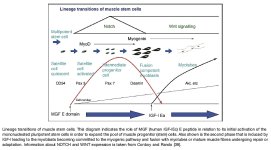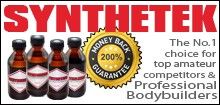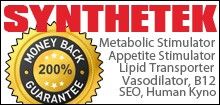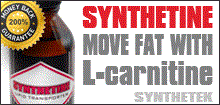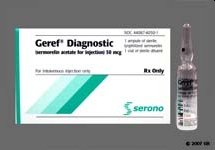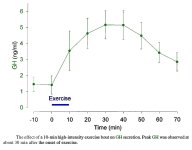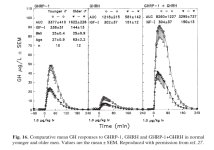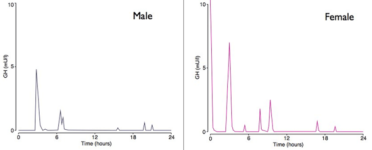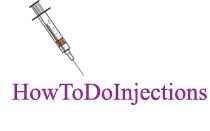I am fumbling forward on this as well.
I believe that MGF will be beneficial. What I am not clear on is IF non-peg MGF can be used effectively. The problem as you know is that it degrades quickly and has a tiny effective target area, while peg-MGF is resistant to plasma degradation and has a wider effective target area.
With MGF we don't want it to circulate in the blood stream. We want it to be immediately taken up in the muscle we inject into. So I was thinking regular MGF might be effective if it is injected in multiple location in the target muscle in a way that is similar to the way you would inject/use site enhancing oil.. then also administer it more frequently then you would peg.
CJC-1295 will elevate IGF-1 levels but GHRP-6/GHRP-2/Hexarelin will not do so on a continual basis.
Actually both of these questions get into the following.
There are two "categories" of GH as well as two "categories" of IGF-1.
One is systemic, the other autocrine/paracrine (locally made/used).
The systemic is either secreted by the pituitary and released into circulation for growth hormone or synthesized in the liver and released into the bloodstream for IGF-1.
Of course injected forms of GH & IGF-1 are systemic...but what is this about local effects we hope for?
The local effect has to be distinguished from the second category autocrine/paracrine.
This second category is made up of GH or IGF-1 that is
created in local non-liver tissue (in our case muscle) and
used in that same location.
This second category autocrine/paracrine (locally made/used) is more important then the first category as it pertains to growth and especially IGF-1.
So we spend so much time thinking about general circulating IGF-1 levels we fail to consider that it isn't nearly as important as IGF-1 made in the muscle or as I call it muscle IGF-1.
The physiological role (or effective importance) of autocrine/paracrine GH is to provide local tissue needs for GH above that supplied by pituitary-derived GH or to provide GH in compartments/areas where GH has no ready access.
But with specific regard to IGF-1 it has been demonstrated that muscle IGF-1 is more important then circulating liver synthesized IGF-1 in promoting growth.
Here is how autocrine/paracrine production appears to occur. If you understand this then you can see why local injections may not have the same effect.
Paracrine GH is produced inside the muscle cell and binds to the the GH receptor immediately after synthesis in the endoplasmic reticulum of he cell. This binding facilitates maturation of GH receptor and creates a self-bound complex which then makes its way to the cell surface. The signalling is yet to be turned on inside the cell and it is not until the complex moves to the cell surface that signalling begins.
As you can see GH that comes into the area from general circulation will not have a chance to bind to this growth hormone receptor because it was birthed in an already bound state.
*
There is some evidence that the same thing happens with IGF-1 autocrine/paracrine action in muscle BUT there is also evidence that there are still unbound receptors available as well.
**
So this is the sort of thing that I continue to puzzle over.
I will post some interesting material that I had previously posted at AM on MGF.
References:
* Autocrine Growth Hormone: Effects on Growth Hormone Receptor Trafficking and Signaling, Monique J. van den Eijnden and Ger J. Strous, Molecular Endocrinology 2007 21 (11): 2832-2846
** Interaction of Secreted Insulin-like Growth Factor-(II GF-I) with Cell Surface Receptors Is the Dominant Mechanism of IGF-1’s Autocrine Actions, Zonghan Dai, Alan D. Stiles, Billie Moats-Staats, JudsoJn. Van Wyk, and A. Joseph D’Ercole, Journal of Biol Chem Vol. 267, No. 27, Issue of September 25, pp. 19565-19571,1992
